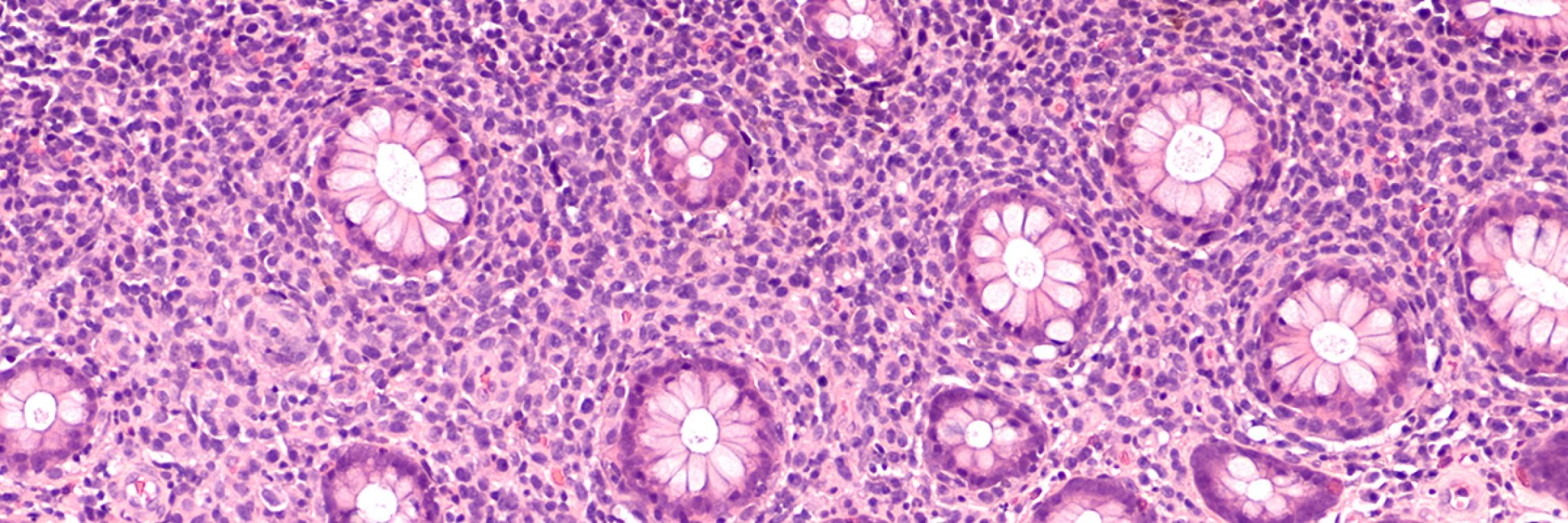Stadieneinteilung
Die Einteilung der aggressiven B-Zell-Lymphome und anderer B-Zell-Lymphome in klinische Stadien erfolgt bei kurativem Therapiekonzept mittels Positronen-Emissionstomografie/Computertomografie (PET/CT) oder Kernspintomografie (MRT) bzw. CT nach der Lugano-Modifikation der Ann-Arbor-Klassifikation.Cheson BD, Fisher RI, Barrington SF, et al. Recommendations for initial evaluation, staging, and response assessment of Hodgkin and non-Hodgkin lymphoma: the Lugano classification. J Clin Oncol. 2014;32(27):3059-68. doi:10.1200/JCO.2013.54.8800 Carbone PP, Kaplan HS, Musshoff K, Smithers DW, Tubiana M. Report of the Committee on Hodgkin's Disease Staging Classification. Cancer Res. 1971;31(11):1860-1. Mit der initialen PET/CT ist u. a. auch die Bestimmung der Gesamttumormasse (totales metabolisches Tumorvolumen, TMTV) als wichtiger Prognosefaktor möglich. Die Ann-Arbor-Klassifikation berücksichtigt die Anzahl befallener Lymphknoten oder den extralymphatischen Befall, die Lagebeziehung zum Zwerchfell sowie das Vorhandensein einer B-Symptomatik.








